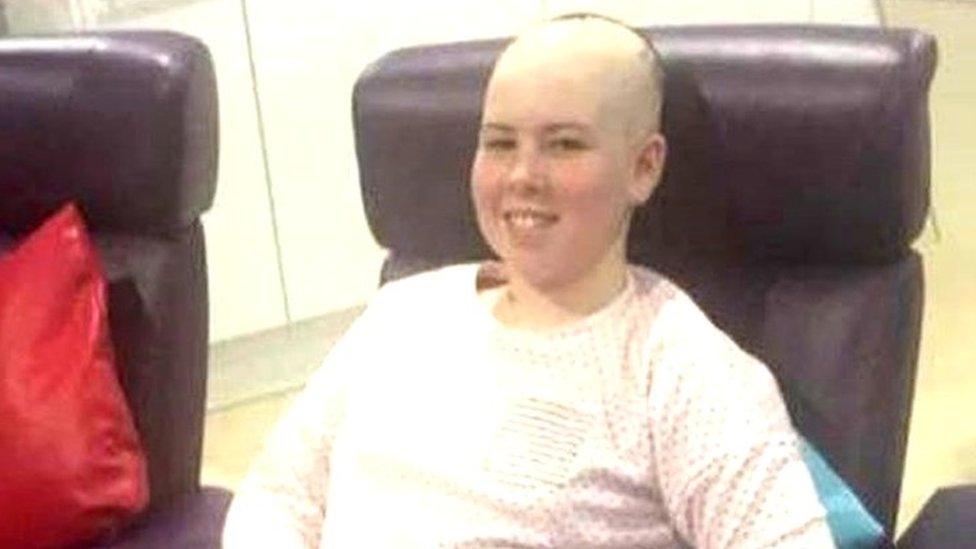Hospitals inquiry: Patient had fits after infection
- Published
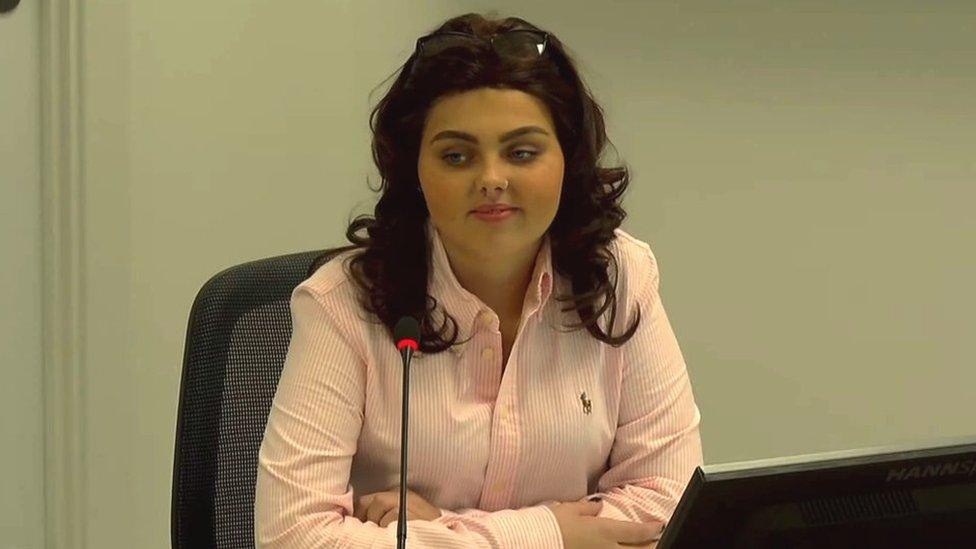
Molly Cuddihy contracted a rare bacterial infection when she was undergoing cancer treatment
A patient diagnosed with a rare cancer has told an inquiry she experienced "frightening" fits that were linked to a hospital-acquired infection.
Molly Cuddihy was treated at two flagship hospitals in Glasgow between 2018 and 2020.
The teenager told the Scottish Hospitals Inquiry she was fitted with a line for treatment that later became infected.
This line-related infection caused Ms Cuddihy temperature spikes and fits.
The inquiry is investigating the construction of the Queen Elizabeth University Hospital (QEUH) and Royal Hospital for Children (RHC) in Glasgow, and the Royal Hospital for Children and Young People in Edinburgh.
Ms Cuddihy was told she had metastatic Ewing's sarcoma when she was 15 years old.
The now 19-year-old was cared for at the RHC and QEUH where she was fitted with a line for treatment.
Not long into her chemotherapy, Ms Cuddihy told the inquiry that her body went into septic shock - a life-threatening condition that happens when your blood pressure drops to a dangerously low level after an infection.
She also described her rigors - episodes in which your temperature rises - as "crazy".
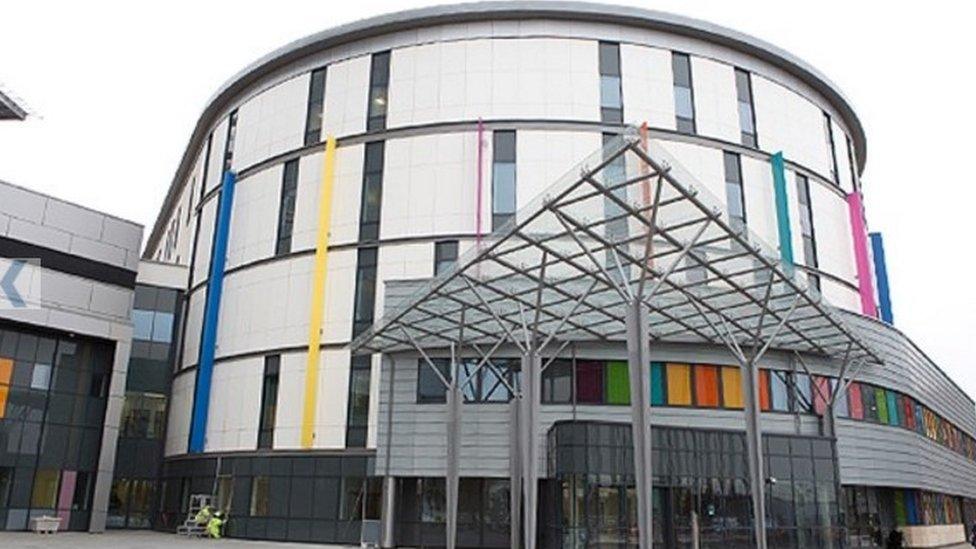
The Royal Hospital for Children in Glasgow is one of the facilities being looked at in the inquiry
Ms Cuddihy was diagnosed with mycobacterium chelonae, an infection in her line that she later discovered came from the hospital environment, either air or water-borne, and that had probably caused her temperature spikes and fits.
She said she had to take a "very strong" course of antibiotics she likened to bleach to treat the infection.
"The medication had horrible side-effects. I thought chemo was bad, but this was something else," she said.
"I got a prolonged QT interval with my heart. This is when my heart pumps out the blood, but then doesn't fill up fast enough, so I would often collapse."Earlier this year, an independent review found the deaths of two children were at least in part the result of infections linked to the QEUH environment.
'Impossible decision'
During her treatment, Ms Cuddihy said her CRP (C-reactive protein) - an infection marker - was "incredibly high" around the time her body went into septic shock.
She said: "I got given treatment and I started to shake and have conscious fits. A nurse who I was close to got really upset because she thought it was something in her practice.
"But now we know it was an infection with my line."
Ms Cuddihy told the hearing how her doctor, Dr Sastry, had to liaise with a specialist in Edinburgh about her treatment because "no-one really knew and understood what this bug was".
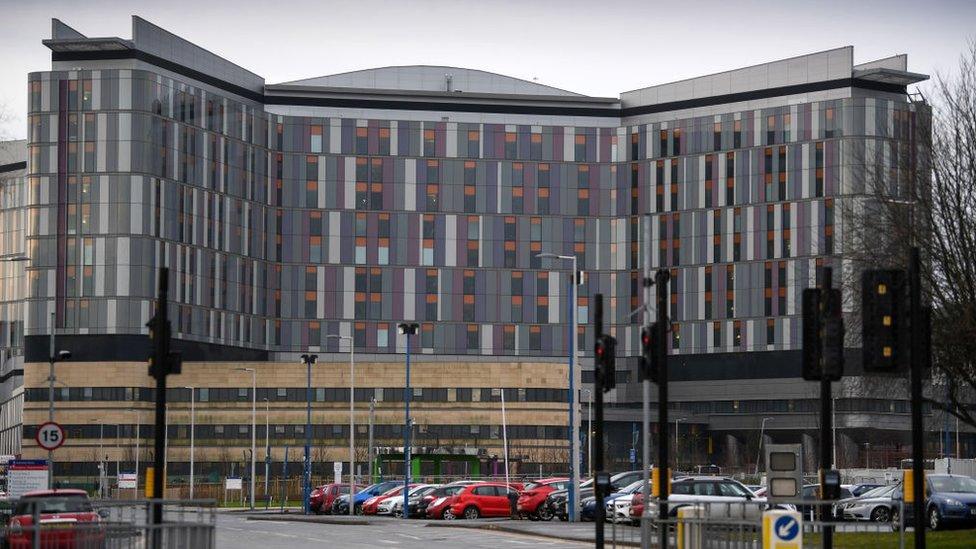
The Queen Elizabeth University Hospital in Glasgow is Scotland's biggest hospital
She said the doctors and nurses were just as much in the dark as she was about where the infection came from.
"Dr Sastry said he understood that it was the first case in 20-something years in paediatrics," she said.
Ms Cuddihy then explained how Dr Sastry was being "held accountable" for her health declining.
"I was made sicker by the environment," she said, "and Dr Sastry was being held responsible for something which should not have happened.
"He had to come up with treatment plans for things other than my cancer."
'Very frightened'
She added: "He had to start balancing what was more important: was it treating me for this bug and not giving me my chemotherapy, which in turn could cause cancer to take hold, or would it be giving me my chemotherapy, bringing my immune system down and making the bug take hold?
"It is an impossible decision. It wasn't fair for Dr Sastry."
When Alastair Duncan QC, lead counsel to the inquiry, asked Ms Cuddihy about the impact of these episodes, she replied: "I was very frightened.
"It was a time I really understood how sick I was and how dangerous it was.
"As much as the staff were calm, you could tell they were worried."
The inquiry in Edinburgh, chaired by Lord Brodie, continues.
Health boards are due to give evidence at a later date.
- Published9 May 2022
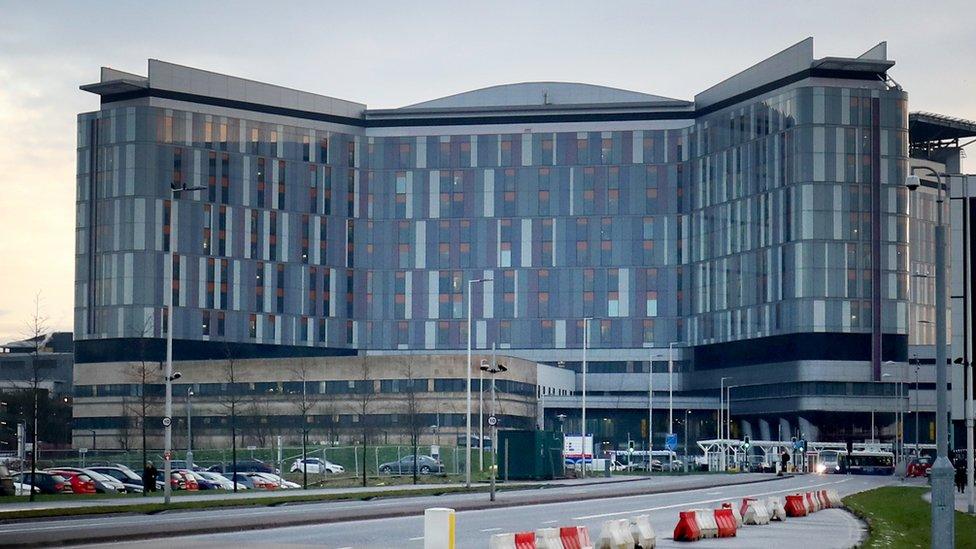
- Published29 July 2020
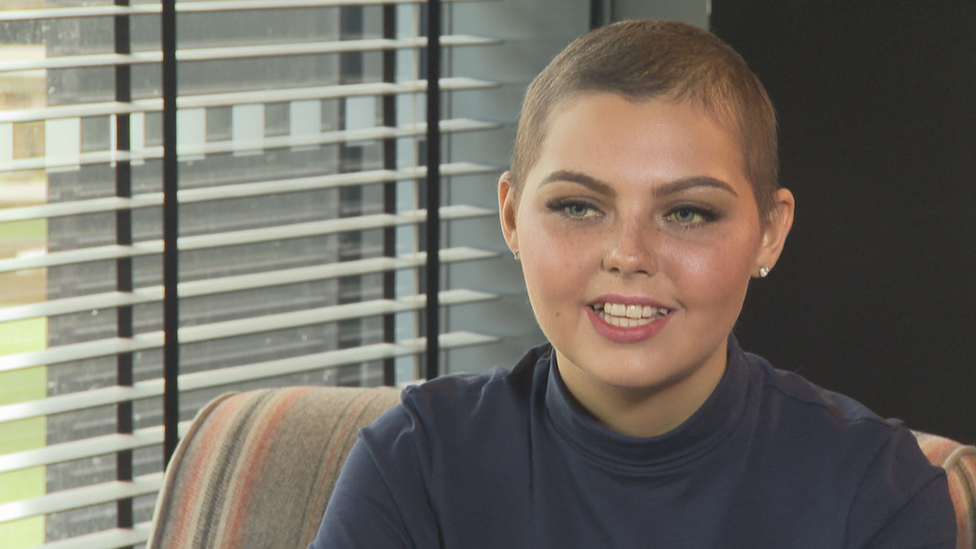
- Published27 September 2021
